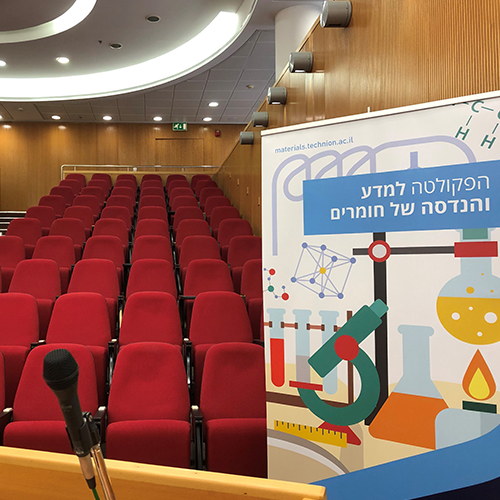
Dr. Alexander Katz-Demyanetz
23/05/2024
David Wang Auditorium, 3rd floor Dalia Meidan Bldg.
14:30
Binder Jetting Bowder Bed Additive Manufacturing is a novel promising technique permitting to produce 3D objects with complicated geometrical shape via layer-by-layer addition of material followed by a joining of the layers. The product of the mentioned technique is a near-net-shape porous (“green”) body, which is required to by densified by one of the existing sintering processes, namely: by pressureless solid-phase sintering or by reactive infiltration of a foreign liquid constituent which is aimed to be a part of the resulting product. Wide variety of metallic, ceramic and polymer materials may be used as raw constituents, and then wide variety of final products with desired mechanical and physical properties can be obtained by this way. Microstructure and properties of the obtained as-built and as-post-treated products have been characterized by means of Optical and Scanning Electron Microscopy, Energy Dispersive X-rays Spectroscopy, X-Rays Diffraction, microhardness and Archimedes density measurements. As-printing density of the “green” SiC as well as Carbon body significantly affects the final density of the post-treated product. Reactive infiltration of liquid Si results in formation of secondary (reactively bonding formed) SiC and in almost complete densification of the resulting product. Kinetics of the reactive infiltration depends on time/temperature regime of the process, as well of the capillary morphology in a “green” body. Introducing micro and nanosized ceramic particles into the “green” body prior infiltration slightly increases the final product’s density.


